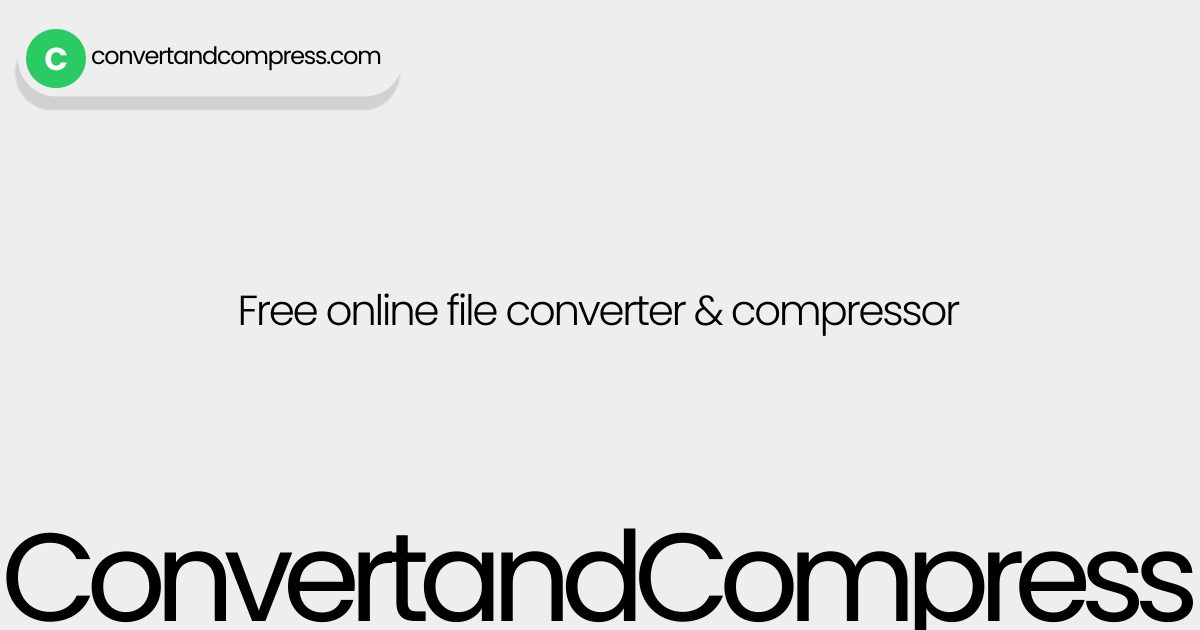10 Common File Compression Mistakes and How to Avoid Them

File compression is essential for reducing file sizes and optimizing website speed. However, many make common mistakes that can lead to poor quality, compatibility issues, and slow load times. Here’s a guide on 10 common file compression mistakes and how to avoid them.
1. Overcompressing Images
Excessive compression can cause images to lose quality, resulting in pixelation and blurriness. Aim for a balance between quality and file size. Use our Image Compression Tool to find the right compression level.
2. Ignoring File Formats
Choosing the wrong format can increase file size and degrade quality. For web, consider using JPEG for photos and WebP for modern browsers. Convert images to the right format to optimize for web use.
3. Not Using Vector Graphics When Possible
Vector files like SVG are perfect for logos and icons, as they scale without losing quality. Avoid compressing vector files into raster formats like PNG.
4. Forgetting to Compress PDFs
Large PDFs can slow down a website. Compress PDFs with our PDF Compression Tool to make them more manageable without losing clarity.
5. Overlooking Video Compression
Videos often consume significant bandwidth. Compress videos into MP4 or WebM formats using our Video Conversion Tool for optimal quality and faster load times.
6. Not Using Lossless Compression When Needed
For files where quality is critical, use lossless compression methods. This ensures that the file remains unaltered after compression, suitable for assets like graphics and high-quality images.
7. Using High-Resolution Images Unnecessarily
High-resolution images are not always necessary for web. Downscale images to the required size to save bandwidth without impacting user experience.
8. Not Previewing Compressed Files
Always preview compressed files to ensure quality hasn’t degraded. This is particularly important for customer-facing assets.
9. Skipping Compression for Mobile Optimization
Mobile users expect fast load times. Compress files specifically for mobile devices to improve user experience on smaller screens.
10. Failing to Test Compression Across Devices and Browsers
Compatibility issues can arise with certain compressed formats. Test compressed files across various devices and browsers to ensure a consistent experience.
Avoid These Common Mistakes for Efficient Compression
Effective file compression is key to optimizing website performance and user experience. By avoiding these common mistakes, you can ensure your files are properly optimized without sacrificing quality. Start with our range of tools like Image Compressor, PDF Compressor, and Video Converter to achieve seamless compression for your web content.